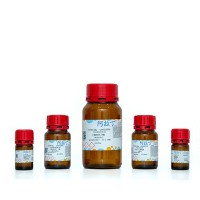Restriction Enzymes: Tools in Clinical Research
互联网
互联网
相关产品推荐

Pyruvic-1-¹³C 酸,99124-30-8,API for Clinical Studies, ≥99 atom% ¹³C,阿拉丁
¥34800.90

Recombinant-Pectobacterium-carotovorum-subsp-carotovorum-Type-II-secretion-system-protein-LoutLType II secretion system protein L; T2SS protein L Alternative name(s): General secretion pathway protein L Pectic enzymes secretion protein OutL
¥12558

DLL3-Rovalpituzumab抗体 (Research Grade Rovalpituzumab Biosimilar)
¥1500

Sartorius PLTGOLD100GMP 血液制品PLTGold® Clinical Grade 100ml
¥5051.10

维百奥生物代理TestLine Clinical Diagnostics品牌全系列产品
询价
相关问答

